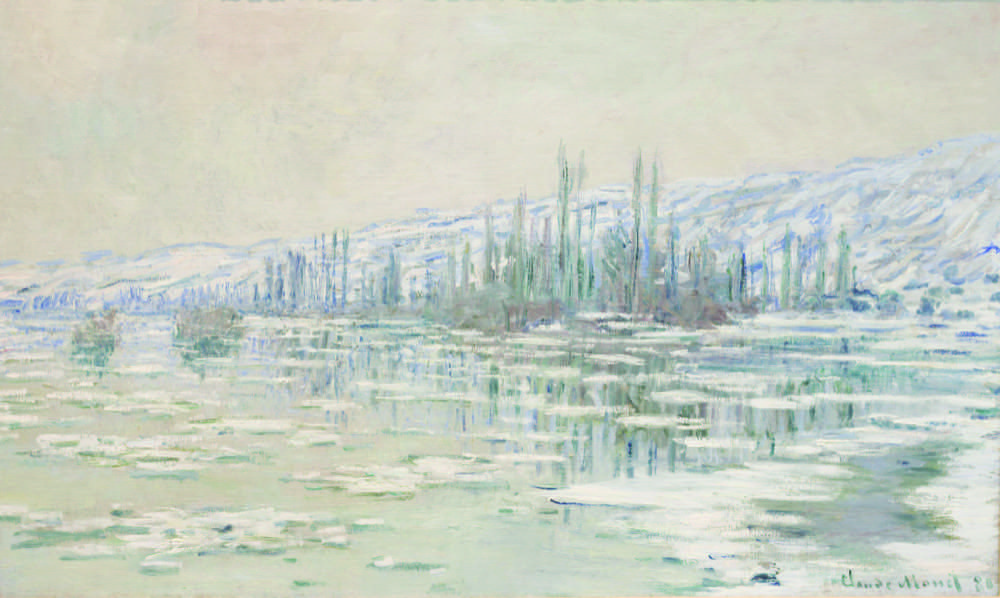 The Fondation Beyeler in Basel, Switzerland, is organizing an exhibition of the work of Claude Monet that focuses on the works that Monet produced between 1880 and the early 20th century. The exhibition, which runs through May 28, 2017, examines the idea that in the years after the death of his wife in 1879, Monet entered into a period of rethinking his practice. He began to travel more widely and, it is argued, the light from the Mediterranean gave his work new impulses that drove his art to become more personal and to begin to move away from the strictly “impressionist” style in which he had been an early pioneer.
The Fondation Beyeler in Basel, Switzerland, is organizing an exhibition of the work of Claude Monet that focuses on the works that Monet produced between 1880 and the early 20th century. The exhibition, which runs through May 28, 2017, examines the idea that in the years after the death of his wife in 1879, Monet entered into a period of rethinking his practice. He began to travel more widely and, it is argued, the light from the Mediterranean gave his work new impulses that drove his art to become more personal and to begin to move away from the strictly “impressionist” style in which he had been an early pioneer.
UMMA’s work, The Break-up of the Ice (La Débâcle or Les Glaçons), at right, dates to the beginning of that period of his life and in this work, Monet shows his mastery of different tonalities of white and grey that are rendered by using an enormously wide range of colors.
UMMA also loaned the work, The Road to Exile (Le Chemin de l'Exil), 1944, by Jacques Lipchitz to The Jewish Museum in New York for their exhibition, Pierre Chareau: Modern Architecture and Design, which opened on November 4, 2016. Pierre Chareau (1883-1950) is a leading figure of the French Decorative Arts movement and the exhibition focuses on his work between the two World Wars, showcasing his work for film and theater and his efforts to survive professionally while in exile in the 1940s.
UMMA’s engraving by Jacques Lipchitz was produced in 1944, and a work from the same edition was a displayed in Chareau’s study. The Jewish Museum included the work to provide context for the scope of Chareau’s collecting practice and the artistic world in which he functioned at the time.
